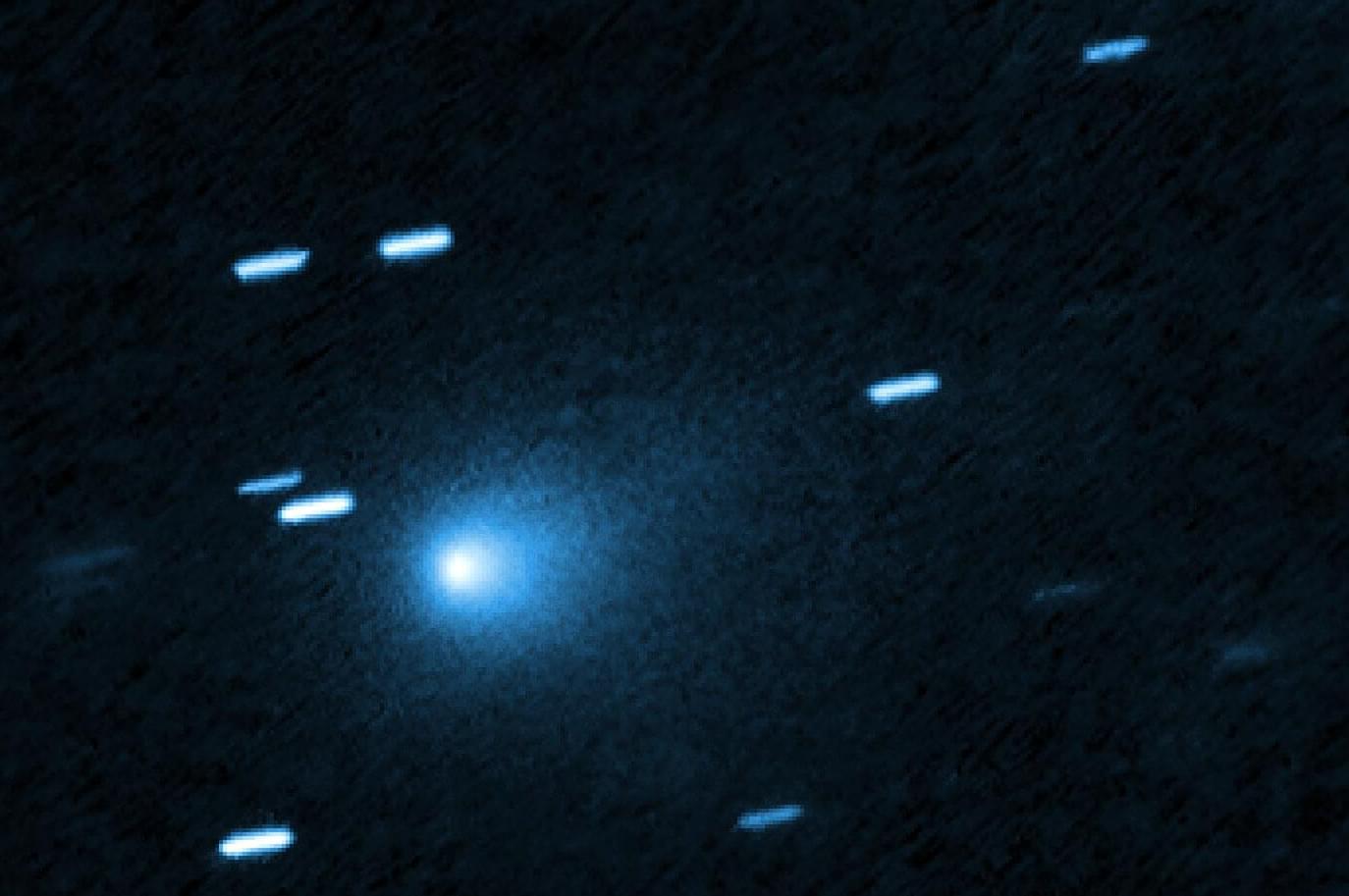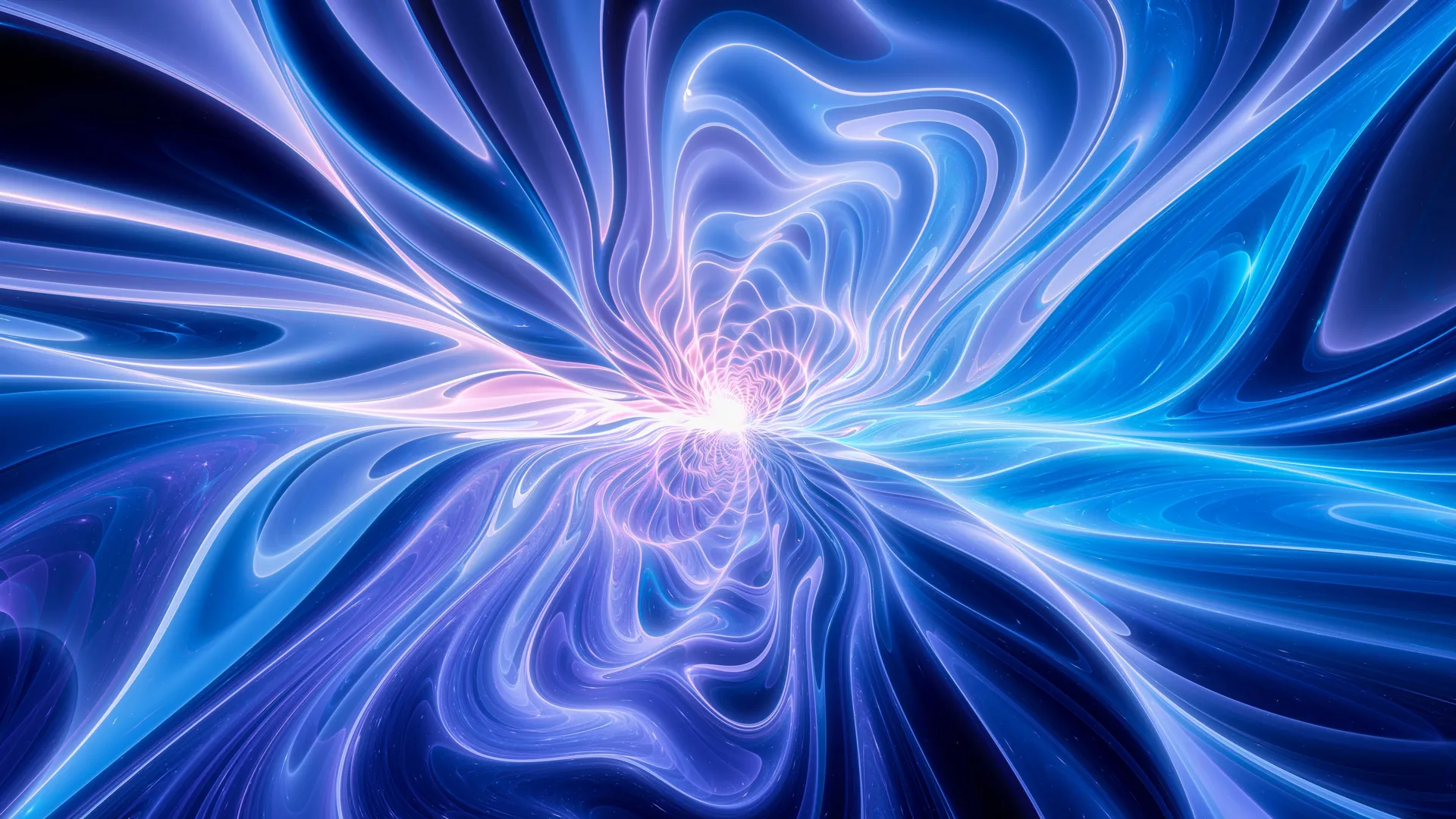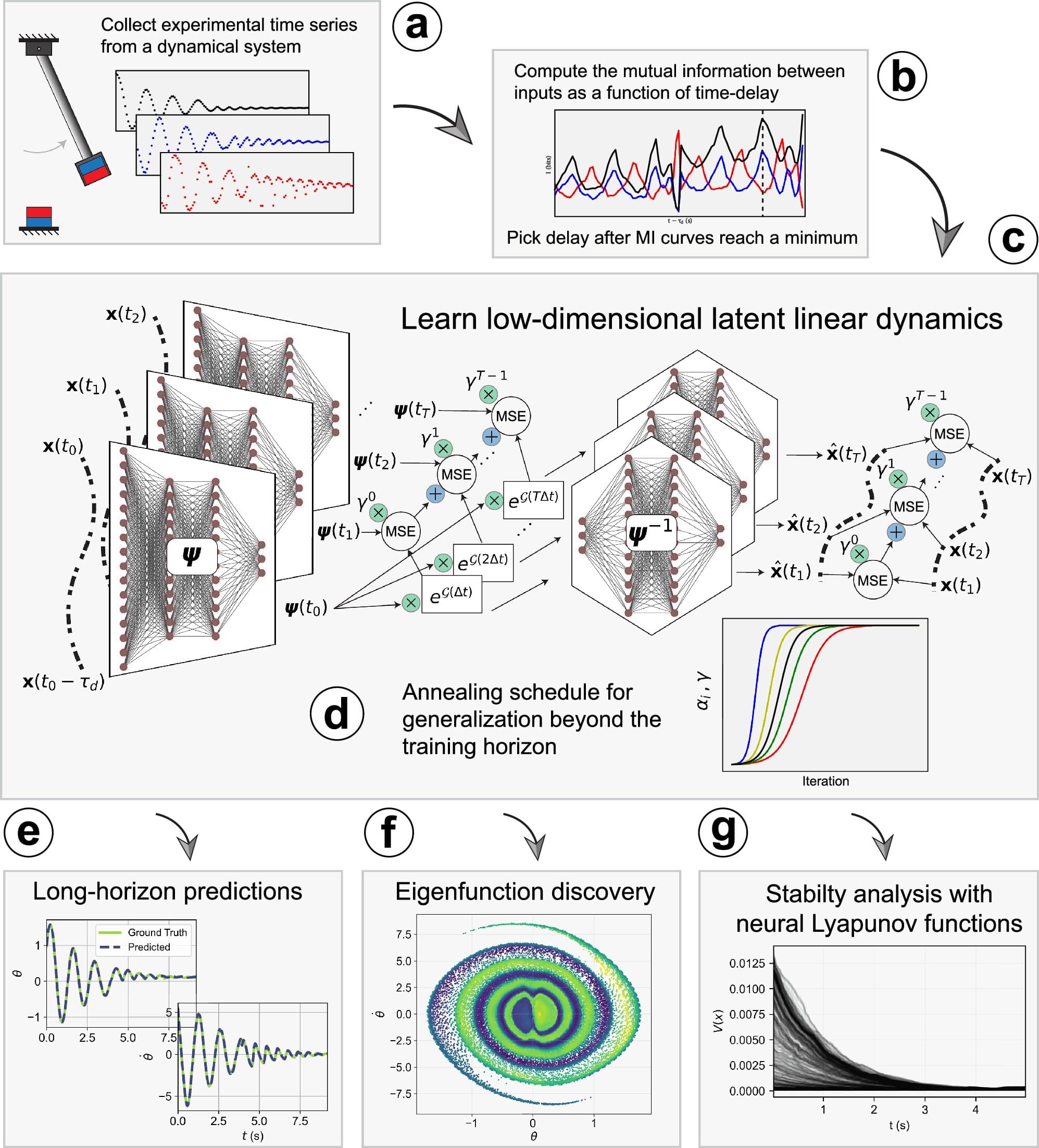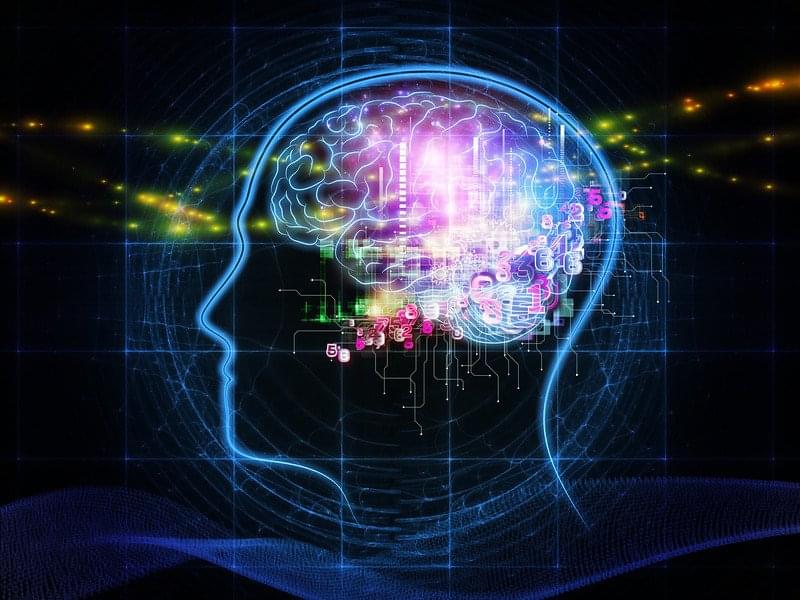In an unprecedented celestial event, NASA’s Hubble Space Telescope (HST) captured the dramatic aftermath of colliding space rocks within a nearby planetary system.
When astronomers initially spotted a bright object in the sky, they assumed it was a dust-covered exoplanet, reflecting starlight. But when the “exoplanet” disappeared and a new bright object appeared, the international team of astrophysicists—including Northwestern University’s Jason Wang—realized these were not planets at all. Instead, they were the illuminated remains of a cosmic fender bender.
Two distinct, violent collisions generated two luminous clouds of debris in the same planetary system. The discovery offers a unique real-time glimpse into the mechanisms of planet formation and the composition of materials that coalesce to form new worlds.






